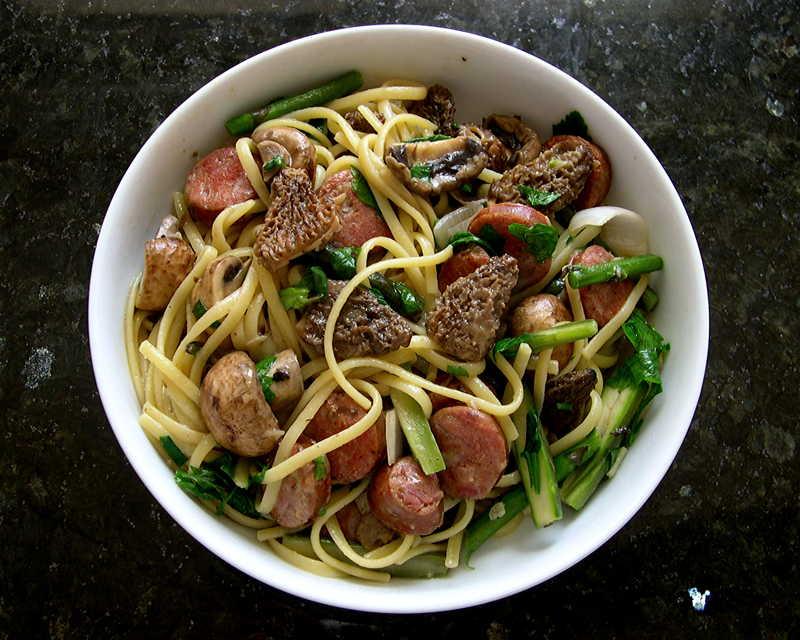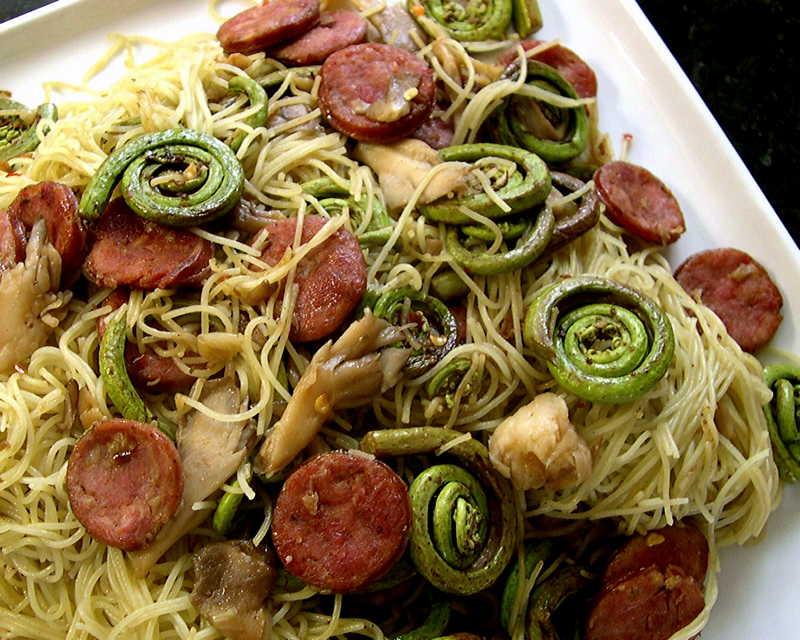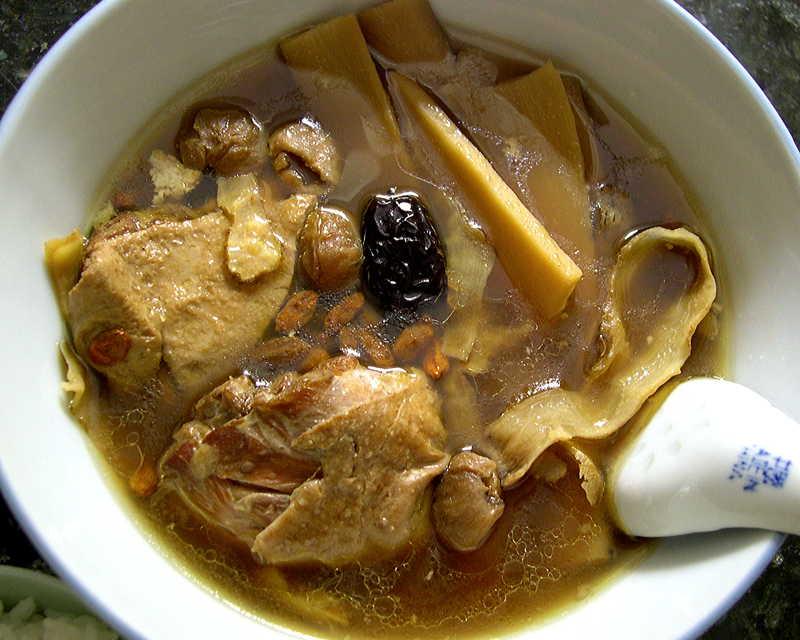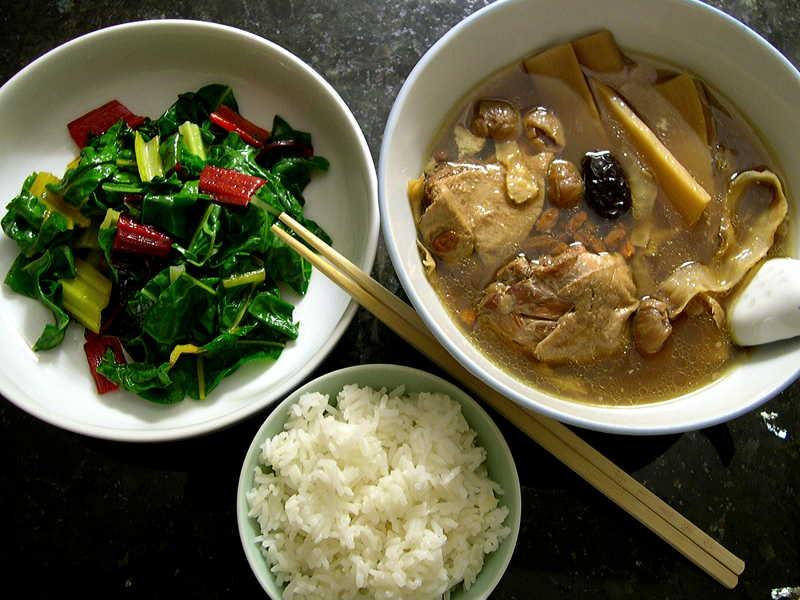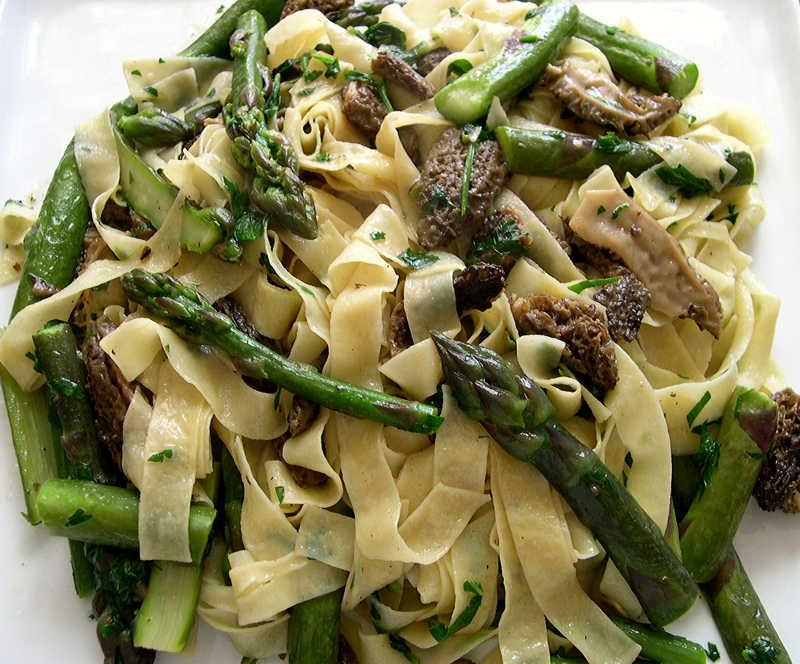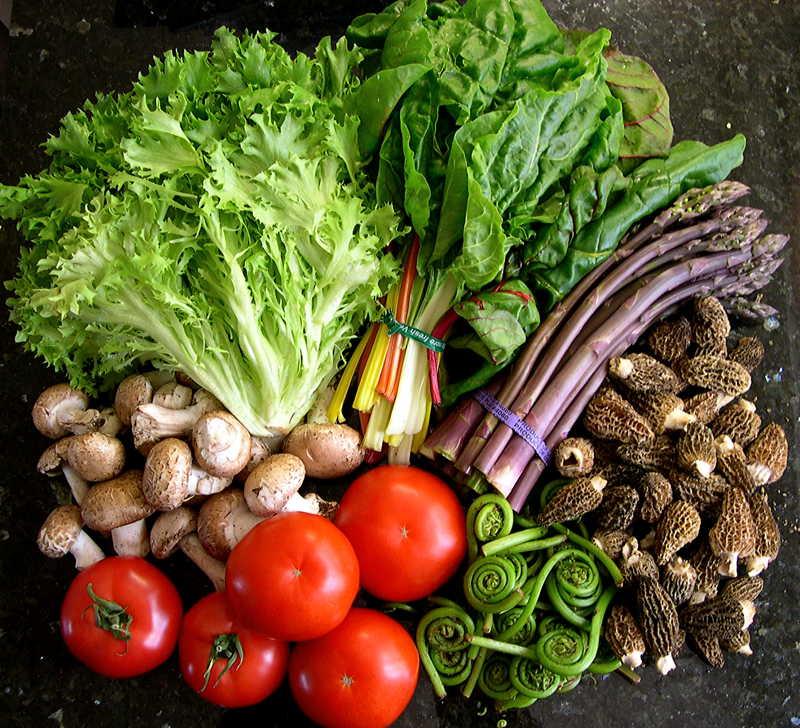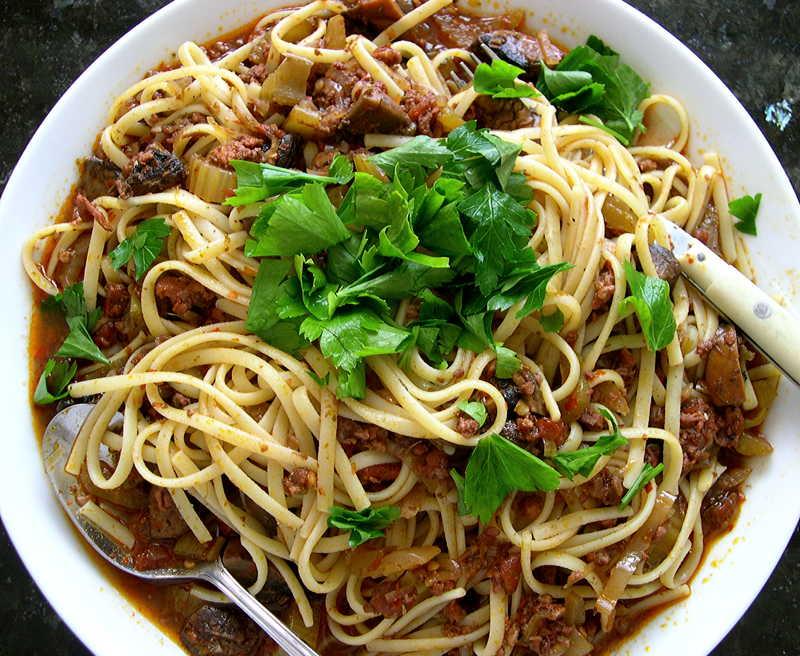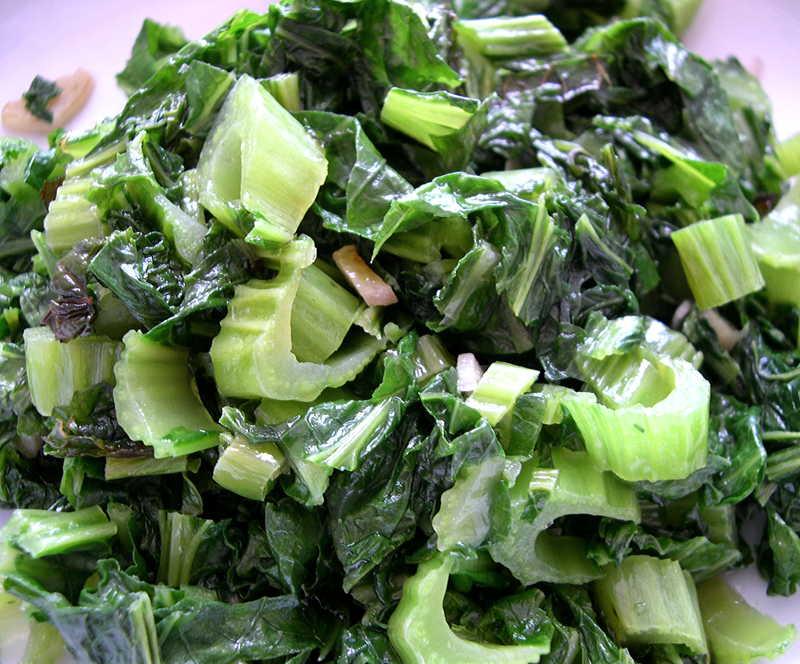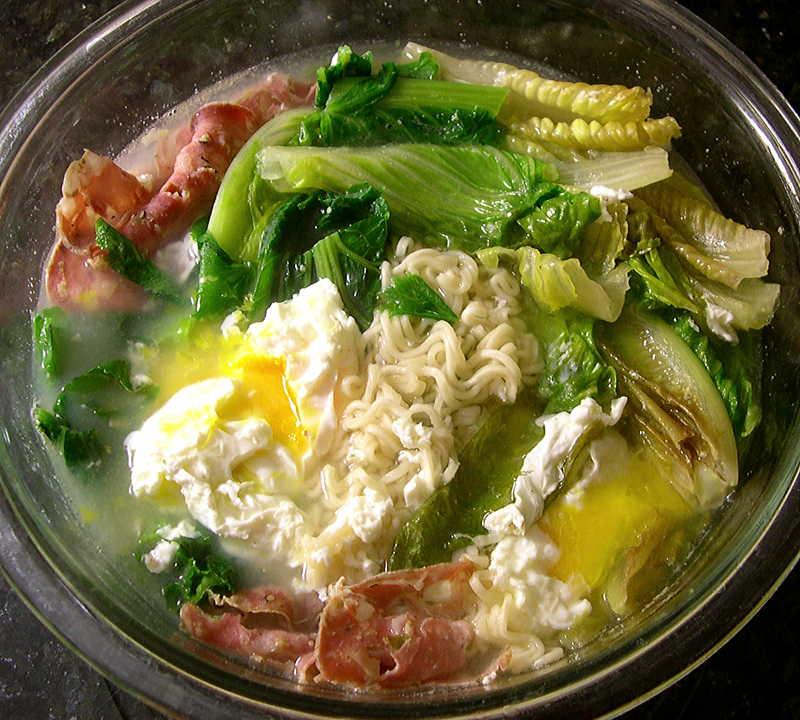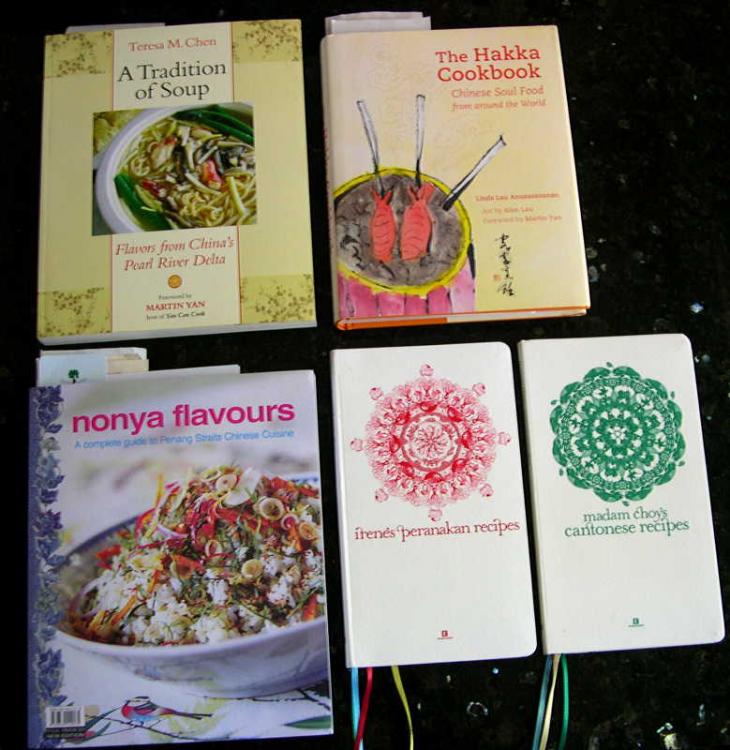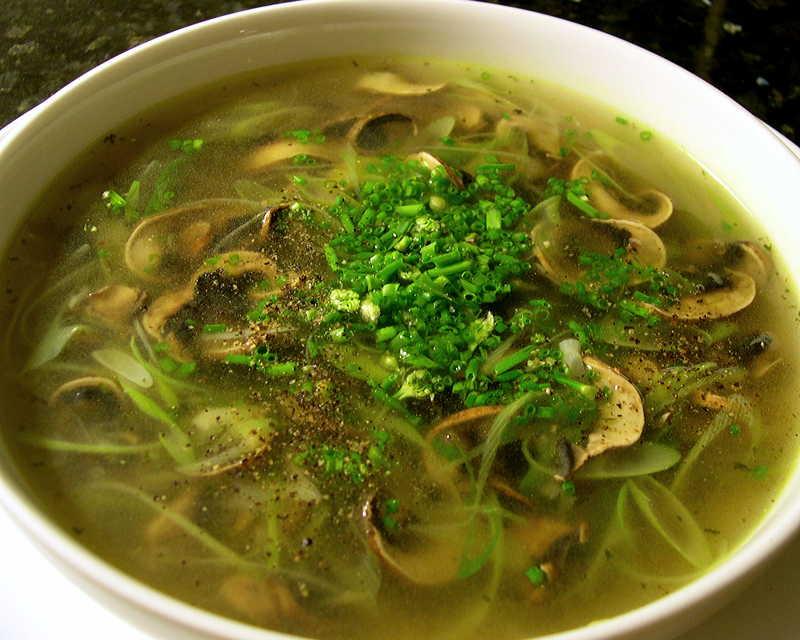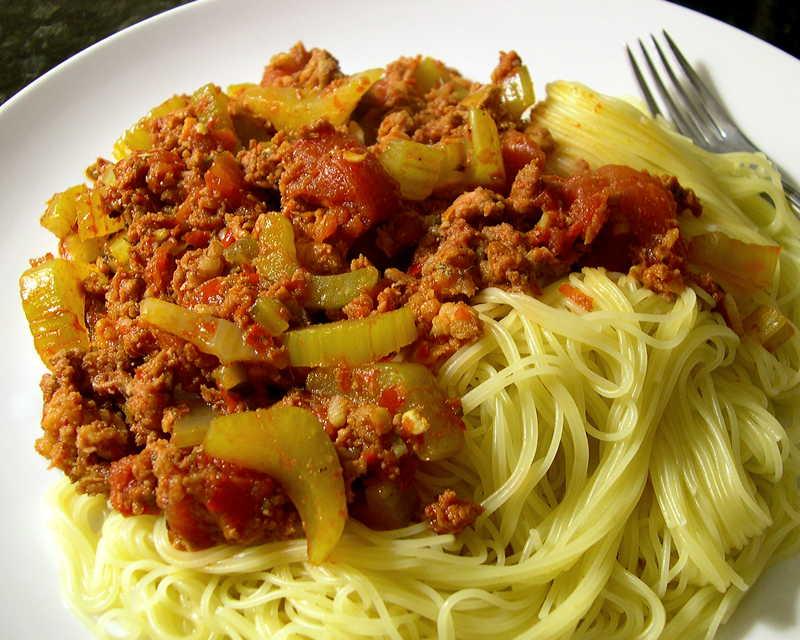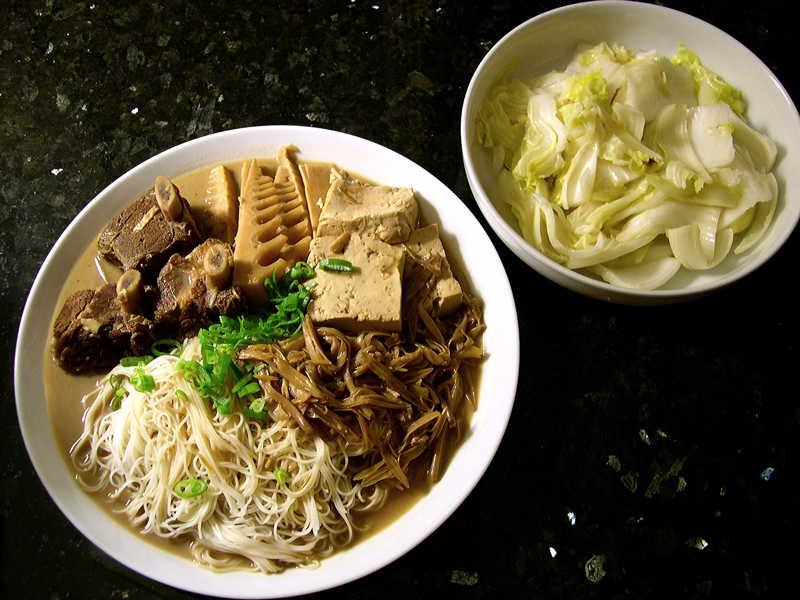-
Posts
3,810 -
Joined
-
Last visited
Content Type
Profiles
Forums
Store
Help Articles
Everything posted by huiray
-
In Indy at the Farmers' Markets (FMs) nowadays there are various vendors who grow and offer various East and South-East Asian vegetables as well as South Asian/Indian sub-continent vegetables. There used to be a Chinese guy (who had a day job at a pharmaceutical company here) who grew Chinese-type veggies but he no longer offers much of that sort of thing; the ones who do are Caucasian growers, quite a number of them. :-) Plus the Amish farmers. :-D A couple of ladies (Caucasian) in fact make it a specialty of theirs to grow and offer relatively esoteric E/SE/S Asian stuff, including Japanese, Indian, rarely-seen Chinese/E Asian vegetables and gourds (and I've also given them seeds of certain herbs or vegetables which they grew and offered to the public) They were and have been the only ones from whom I have ever seen a certain type of red-stemmed smaller-leafed "choy sum"/mustard green ever being sold in my parts. Another grower regularly offers various sorts of Japanese greens (mizuna is a favorite crop of theirs), although their main business are apples - a great many varieties (These folks go to both the BRFM and IWFM; while another grower (at the BRFM) also grows large number of apple varieties as well as various peaches and other stone fruit). Japanese Black Trifele tomatoes are offered by a couple of, again, non-Asian vendors. Lovely daikon are offered by various growers, including the Amish ones; while various sorts of Chinese long beans (green and purple) as well as ginger, various E Asian-type beans, roots, greens, are also offered by non-Asian growers. Lovely fresh Napa cabbage ("wong nga pak") are grown and offered by various growers, all Caucasian. All to the good, I say, and is a demonstration that folks in this region are open to growing these sorts of things. Oh, there are a few hydroponic growers as well, on a not-insignificant scale. Various growers offer many varieties of both common and uncommon root and leafy vegetables and tubers and peppers and heirloom tomatoes (MANY growers/vendors) and fruits and so on etc. I do feel glad that this variety is available to folks like me here, even if one pays a premium at times for stuff like this.** All of the above are, by requirement of the regulations of the FMs, grown in Indiana or derived (e.g. harvested/gathered) within Indiana. One exception would be the guy/family who sells frozen wild-caught salmon from Alaska which he caught himself – perhaps he got a special dispensation. (I mentioned this guy earlier, that he was from a small Indiana town - I think that is still true, although he is now based (i.e. his "residence", when he is not off in Alaska) in a small town in Illinois and not that far from St Louis, MO. He would be driving more than 200 miles to Indy to sell his stuff.) I will note, however, that 14-15 years ago the FMs (and grocery stores in general as well) were far less extensive in scope, and good leafy vegetables often tended to be somewhat scarce. The scene has changed markedly in the last 10 years. Many of the farmers come from quite a distance away, and this has been the pattern in all the FMs here. All the Amish farmers come from more than a hundred miles away, for example - and they are regulars at the markets, with beautiful produce. Yes, their stuff is not the cheapest - after all, their gas costs must be on the higher side - but their produce is almost always very good. Others come in from distances varying from in the immediate Metro Indy area to 30-40-50-60+ miles away. A meat grower/vendor comes in from about a hundred miles away too and I have seen them at the BRFM for 10 years at least. No Hmong growers/vendors here, though. Kayb, I imagine those Hmong growers you mentioned from Hot Springs set up their stalls in Jonesboro, if I am reading your post correctly? If so that would also mean they were long-distance vendors (Hot Springs AR to Jonesboro AR is 182 miles). ** Of course, many other areas (usually metropolitan areas) - such as the Green Markets in NYC (Union Square is an example) also offer vast arrays of all sorts of stuff originating from many parts of the world. I would merely murmur here that I offer up again my comment about large metropolitan FMs being a focusing point for vendors/growers of many kinds to offer their produce and other products to a large concentration of prospective customers.
-
EV olive oil, andouille sausage [smoking Goose], garlic, shallots, morels, creminis, asparagus, linguine [Rustichella d'Abruzzo], parsley. Seasoned to taste.
-
In my urban location (Indianapolis, IN) the clientele at the various Farmers' Markets differ slightly from location to location, with some (like the Broad Ripple Farmers' Market) having more BMW/Lexus types and some like the downtown Indy Winter Farmers' Market having a greater mix. Pensioners and food stamp recipients are amongst the patrons at all places. The Carmel Farmers' Market (which I also go to) would definitely be in a High Income area (ditto Noblesville and Zionsville) but is really a suburb of the Metro Indy area yet also has vendors who attend the BRFM and/or the IWFM and charge the same prices at all the markets (they couldn't do otherwise, really). Even then, the CFM is where I get the cheapest stuff sometimes, particularly at the height of the season depending on what it is and who the vendor is - four medium-sized zucchini for $1, for example; or enormous bunches of some greens for $2-3. At other times and with other things they *can* get pretty pricey regardless of the market - $1-2 for a small "first onion of the season", for example (I'm not buying that!!) But I also got a small bagful of Ghost Chillies for a buck or two at the CFM last year too. :-) I carefully avoided touching any of them by my bare fingers/hands. :-D Yes, one gets certain vendors who ply expensive stuff too - like heritage Red Wattle pork; or salmon (frozen now, of course) plied by the fisherman who caught them in Alaska (he's from an Indiana small town). Mind you, the farm-raised beef/pork/chicken sold directly by the farmers themselves at these markets ISN'T cheap stuff. But I'm sure everyone who go to farmers' markets know the stuff above. In contrast, in areas like California I believe many of the "Farmers' Markets" have a huge array of produce at pretty cheap prices - depending on what it is, of course, but in general is reflective of the fact that it is sunny and easy to grow stuff there. Plus all those "ethnic" farmers - the Hmong being a notable example. (The water crisis might put a crink in that scenario) There was an interesting discussion along the above line some time ago on another board (I'm sure you can guess which one) and which I was involved in, comparing prices between farmers’ markets in various regions (CA versus Mid-West was indeed strikingly different) and talking about what one bought at farmers’ markets and why versus the local Western grocery store versus “ethnic” grocery stores. (I mentioned here on eG in an earlier post about even driving the extra distance to a Chinese grocery to get scallions at 3 bunches/$1, for example – even if they are not “organic” or picked the previous night or whatever) But even within a region (like the Mid-West) prices for items vary – one poster there pointed out that in his area of Indiana tomatoes, for example, were $1-2/lb whereas I was paying $3-4/lb at the BRFM. Certainly in that case “the vendor charges what the market will bear” seems to apply. (see my comments about the BRFM having more BMW/Lexus types) Perhaps an alternative way to view it is that an urban area provides a natural "focusing point" for varied suppliers/vendors/farmers to gather, where there is indeed a concentration of prospective customers - whether or not they are monied. Hasn't that always been one of the reasons why urban or metropolitan areas arose and one of the ways they function? And, of course, the farmers get to cut out the middleman and pocket more money themselves. p.s. I like kale.
-
Oh, OK. I didn't know (or had forgotten, on reflection) that you had sold your farm. I did not remember (or know) that your farm was in PA, though - and what I think of is your "location" in the Finger Lakes region in NEW YORK. Just as a matter of interest, I will note that many vendors at the Farmers' Markets in my area come from 50-60 miles (or even more) away from Indy. It is obviously worth their while to drive in to Indy to sell their stuff, year after year, otherwise they would have quit after a season or two.
-
A by-the-way on my part...I generally don't find too appealing baked or boiled or steamed cauliflower and other generally similar ways of preparing it. Especially with cheese slathered over it. Personally I prefer stir-fried cauliflower, with some meat of one's choice with other ingredients as desired or by themselves, with the cauliflower still crunchy). Something that is commonplace in E/SE Asian cuisine.
-
I believe Ithaca is not far from you, yes? Is there a Farmers' Market there? Or, would it be an idea to scope out fancy restaurants there? In both cases with an eye to harvesting your ramps and selling them there - possibly for a good price too. After all, Cornell is there...lots of rich students...lots of professors and intellectual/"sophisticated" types there... See here...or here...
-
An experimental dish. Sliced andouille sausage [Goose the Market/Smoking Goose] sautéed w/ a little sliced garlic & EV olive oil, fiddleheads, maitake mushrooms, hot red chili flakes, Old Bay spice mix, a bit of salt. Tossed in the pan w/ angel hair pasta [De Cecco]. Interesting and tasty enough but perhaps not mind-blowing.
-
Regarding ramps: The ramps I showed in the post I linked to in my post above were sold by the bundle at US$5 each. I would say they were somewhere between 3/4 to a pound per bundle. I bought more the following week also at $5 a bunch and still have the smaller of the two bunches shown in this post (both of which were somewhat smaller than the previous week's batch) – I just weighed it: 9.2 oz, and it has been drying up a bit too in the fridge. These were being sold by the folks who gathered it themselves from their farmland property. :-) In contrast, at the BRFM this past weekend the vendor from whom I got the morels also had ramps (with roots & the bottoms of the bulbs hacked off roughly) but they were also pretty small and sold in small bunches at $6 which could not have been more than 1/4 to 1/3 pound each. But he is a reseller, not the originator of the ramps (or the morels). :-(
-
Herbal duck soup. Couple of duck legs, each cut in two; water, garlic; dried sliced pieces of Angelica sinensis root, Polygonatum odoratum rhizome, Dioscorea polystachya tuber ("Dioscorea opposita"); dried longan flesh, dried Ziziphus jujuba fruits ("lam jou" variety), salt, and dried goji berries nearer to the end of simmering (total cooking time somewhere between 2 and 3 hours). Seasoning adjusted. No additional oil added, the duck fat was simply allowed to render into the soup. A portion was bowled as shown. Eaten with "flash stir-fried" Rainbow Chard (just salt & peanut oil) and white rice (Thai Hom Mali).
-
Morels & asparagus sautéed in butter & sea salt, tossed in the pan w/ Cipriani tagliarelle (straight from the cooking pot) & chopped parsley.
-
I forgot to mention – I cook a lot of Chinese and Chinese-derived food (including Malaysian-Chinese, Singaporean-Chinese, Thai/Vietnamese-Chinese, Nyonya, etc besides Chinese-Chinese) and have done so over many years but have never used palm oil. Corn/"vegetable"/soy/peanut/rice bran oils have been the ones I've used, and I choose the one suitable for what I am preparing or what I feel like or what I want to impart to the dish. I don't especially worry about having a "universal" oil, I just have the various ones around - but that's just me. I would note that I rarely (if ever) use olive oil for Chinese-derived/style dishes as the flavor profile is harder to match with the dish and ingredients concerned, for my taste at least. Even when doing something like blanching vegetables in "oiled simmering water" (something I've described here before and is a common technique in Chinese cooking) olive oil is a BAD choice IMO because I find it creates a peculiar "greasy" texture and mouthfeel for the vegetables. There are also some food writers/bloggers (usually in the West) who use olive oil in their Chinese dishes "for the health benefit" but I myself would prefer to pass on that. ;-)
-
Here's what I got today at the opening of the Broad Ripple Farmers' Market for the 2015 season. :-) Some stuff I got from the penultimate session of the Indy Winter's Farmers' Market 2015. It would be nice to see what others get from their Farmers' Markets.
-
Picked up some tomato plants today – Black Krim, Black Russian, Cherokee Purple, Chocolate Stripe.
-
http://www.theguardian.com/environment/2011/feb/02/malaysian-palm-oil-forests http://www.wired.com/2014/07/palm-oil-map-rainforest/ http://wwf.panda.org/what_we_do/footprint/agriculture/palm_oil/about/ etc -------------------- Oils I have around: Peanut, rice bran, "vegetable" (this one is actually soybean), several EV olive oils (Alziari, California Olive Ranch Arbosana, Maussane-les-Alpilles, generic 'The Fresh Market' brand), walnut, hazelnut, black truffle, black sesame, toasted sesame, non-toasted sesame. Also small tubs of chicken fat & duck fat. The ones I currently use most regularly for cooking/frying are the peanut & rice bran oils. Don't have canola at the moment but not because I shun it. I don't suppose "chili oil" counts in this regard. :-)
-
Umm, that's a different sort of powdered root...or a powdered, uh, organ of certain animals, at least as the proponents of same declare it to be so... :-) Y'know, STIFF, HARD, potent, that sort of thing... :-D
-
http://forums.egullet.org/topic/145733-gardening-2013%E2%80%93/page-5?p=2015460#entry2015460
-
From Broad Ripple Farmers' Market today. First market of BRFM of the year/season. Green frisee lettuse, rainbow Swiss chard, baby portobello mushrooms, greenhouse tomatoes, purple asparagus, fiddlehead ferns, morel mushrooms.
-
Couple of meals. ----------------------------------------------------- Leftover chorizo sauce (from here) augmented w/ sliced portobello mushrooms, more chopped de-stringed celery, more Petite Cochon Rouge, several dashes of fish sauce, jaggery sugar, juice of a fresh lime, more oil, seasoning adjusted. Served w/ linguine [Rusticella d'Abruzzo] & dressed w/ chopped parsley. Stir-fried Dragon Tongue Mustard Greens w/ garlic & peanut oil. ------------------------------------------------------ "Sapporo Ichiban Japanese Style Noodles & Chicken flavored-soup" with romaine lettuce, Dragon Tongue mustard greens, Dodge City salame, three farm-fresh eggs.
-
So what are you doing with the roots?
-

A Thai cooking virgin...needs help please
huiray replied to a topic in Elsewhere in Asia/Pacific: Cooking & Baking
"Fresh coconuts" in Canada/USA are never the same as fresh ones in SE Asia or other places where they actually grow. Maybe places with high turnover (e.g. California Bay area, etc) may have fresh coconuts which are not too bad. Otherwise, they could be pretty old, months old even, as they sit around in both transit and in wholesaler's warehouses and in the store. Grated frozen coconut might be a better "generalized" approach, if not simply using the canned stuff. Of course, if you lived in a tropical region of North America with coconut palms swaying in the breeze around you that would be a different matter, IF you did have access to the coconuts from those same trees. -
I haven't used a rice cooker for, oh, 30-40 years. I think I used my sister's the last time I did, when I was staying with her, back in the UK when I was much, much younger. I cook a lot of rice. On the stove top. Various kinds, various formulations. Sure, I've burnt some batches, usually when I simply forget that I *do* have a pot of rice on the stove. Discard, start over. And no, I have no strong urge to get an electric rice cooker.
-
In actuality probably only the bottom three in the last month. Chen's book serves more as an occasional reference book, with some ideas derived from it, Lau-Anusasananan's book as occasional reference and for ideas. Other books even less frequently, although Hazan gets looked into from time to time. This is a frequent resource. I look at Dunlop's books usually when something puzzling (to me) is posted about a dish of hers here on eG and I am bothered enough by it to check that she actually said or indicated whatever it was. I am intending to use Leela Punyaratabandhu's book more frequently over the next few months.
-
Soup. Finely sliced "small negi"/cebollitas verde & portobello mushrooms in chicken broth. Garnished w/ chopped Western chives & ground black pepper. Angel hair pasta [De Cecco] with a sauce made with fresh chorizo sausage, sliced up (and crumbled in the pan) sautéed w/ olive oil, garlic, celery, (canned) chopped tomatoes w/ green peppers etc plus the juices, several pours of Odisea Petite Cochon Rouge (2010), dried Mexican oregano & dried thyme. Seasoning adjusted.
-
Short ribs braised (stovetop) w/ peanut oil, garlic, fermented bean curd, bamboo shoots, dried lily bulbs, firm tofu; seasoning adjusted. Eaten w/ misua (min6 sin3) and stir-fried Napa cabbage.
-
Is there a preference for fig leaves over some other kind of leaves, if one had a choice? Other than that you had a fig tree around?



